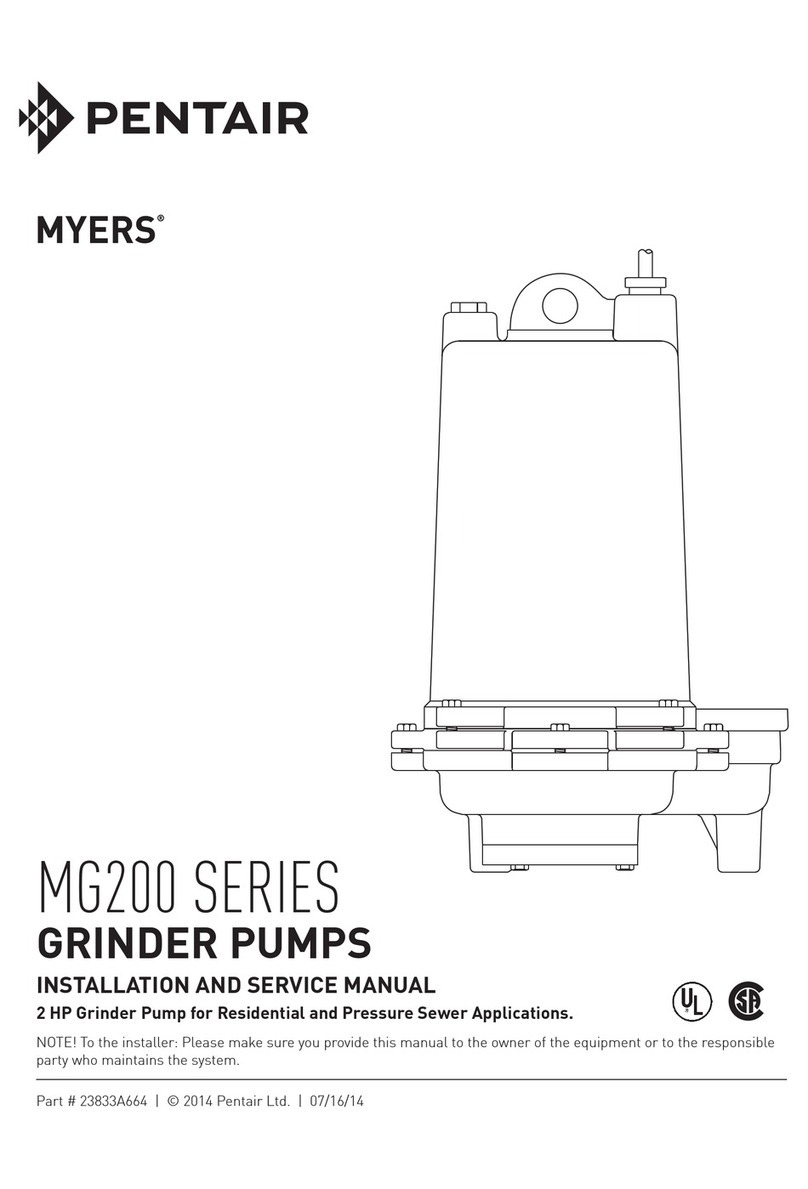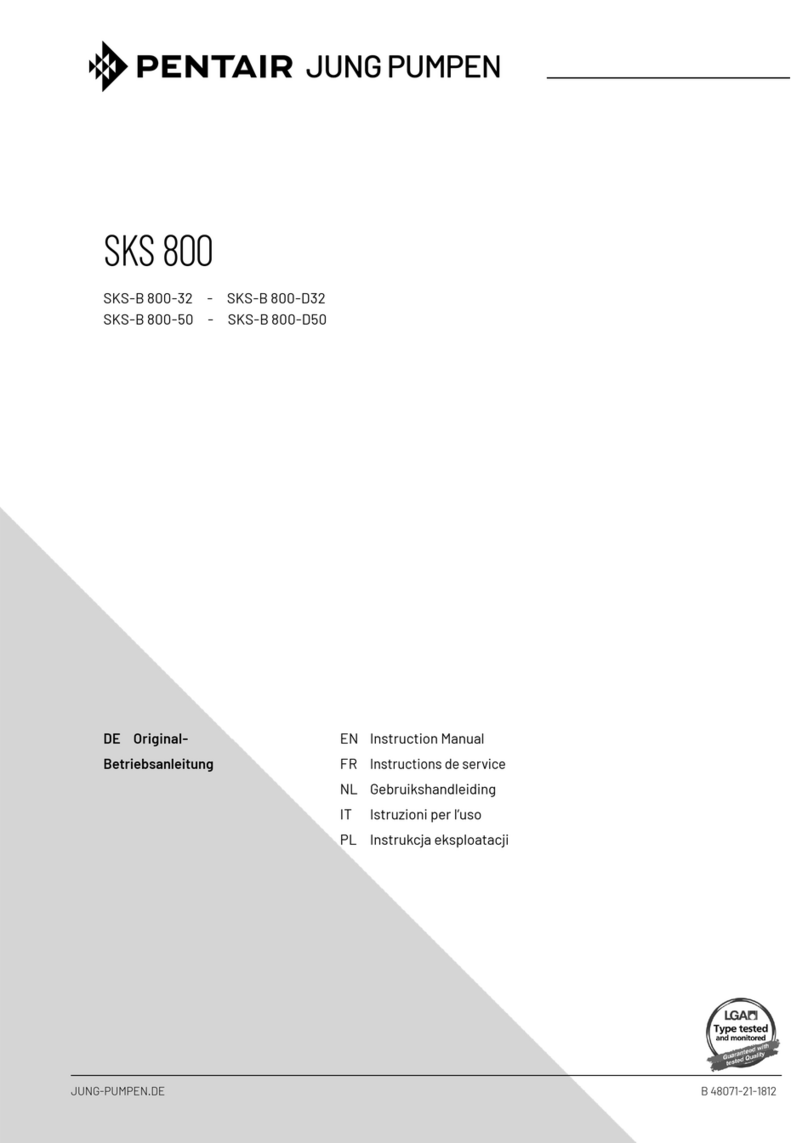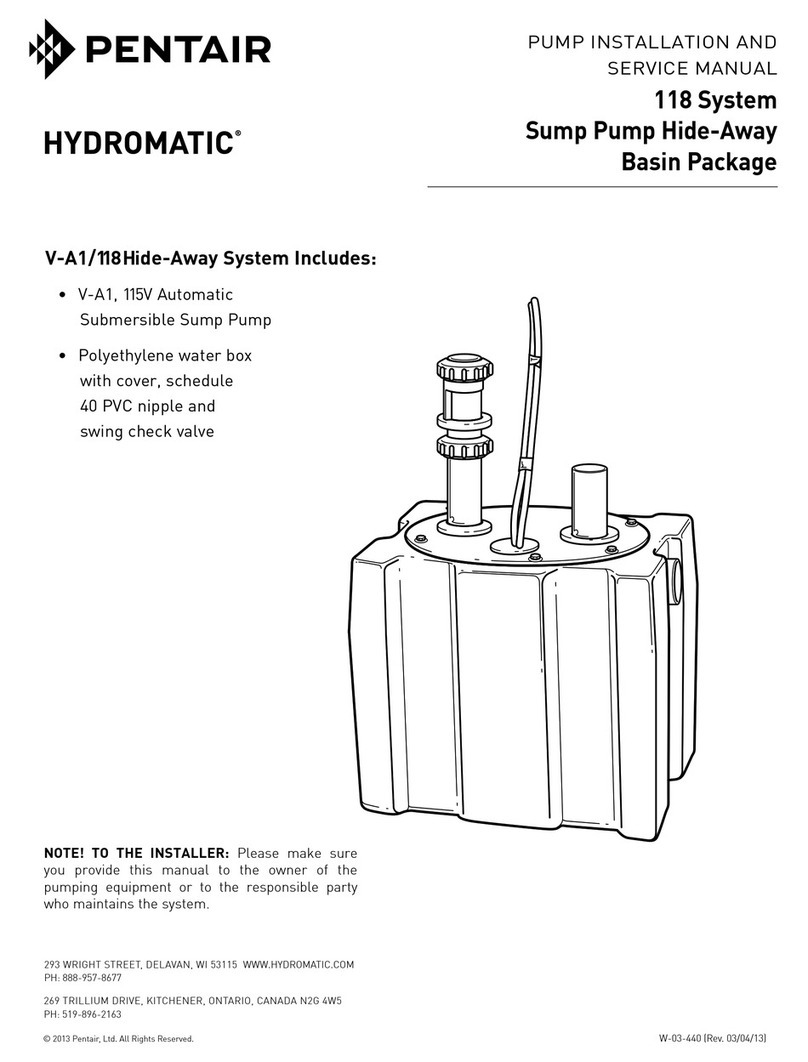Pentair HYDROMATIC SH Manual












Table of contents
Other Pentair Water Pump manuals
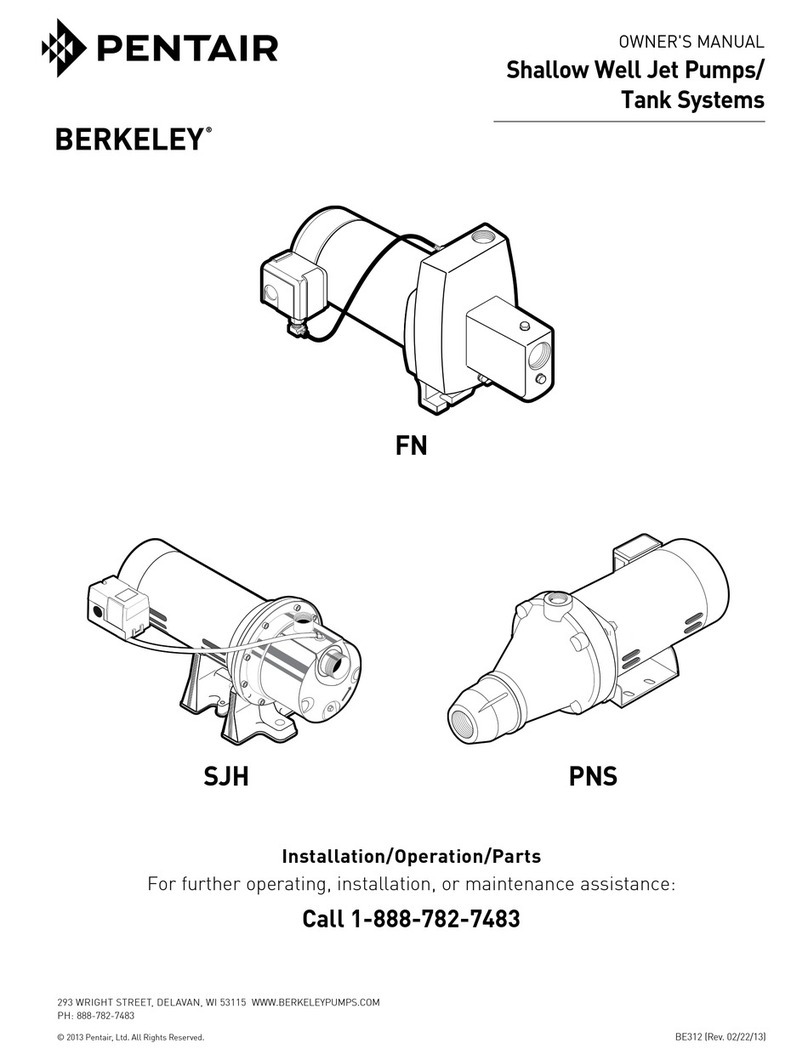
Pentair
Pentair BERKELEY FN Guide

Pentair
Pentair HYDOMATIC HGRS200 Manual
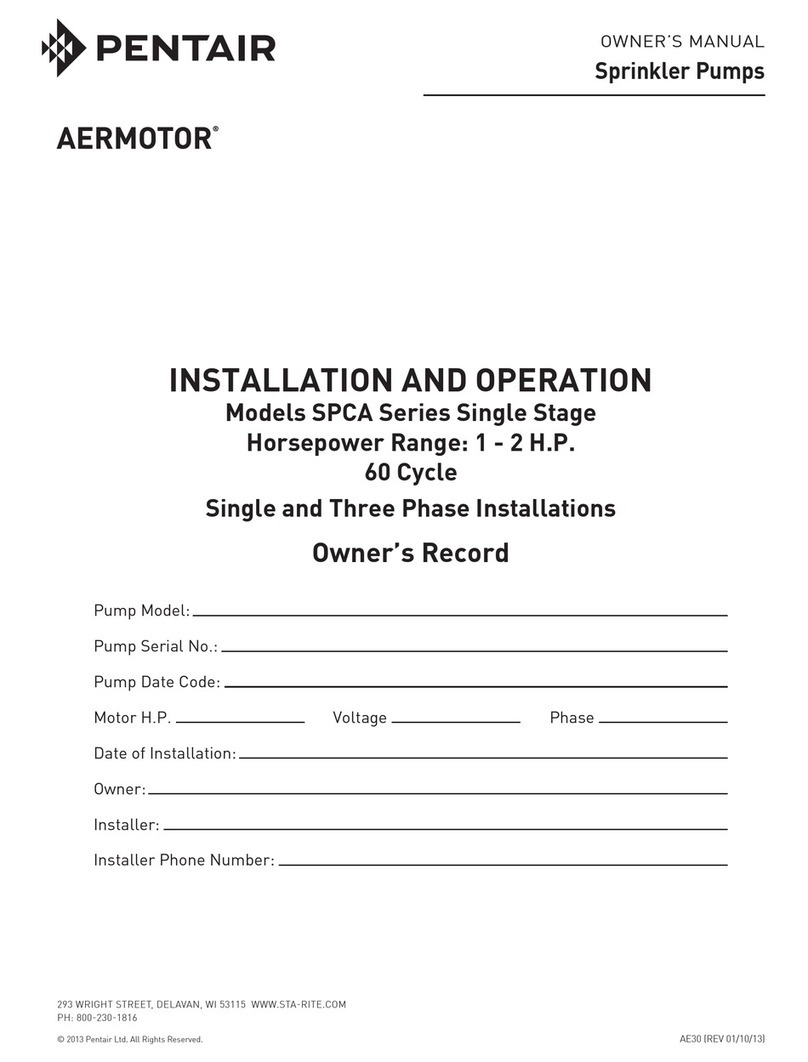
Pentair
Pentair AERMOTOR SPCA Series User manual

Pentair
Pentair MYERS Series Manual

Pentair
Pentair Lincoln E Series User manual

Pentair
Pentair AURORA 411 Operating instructions

Pentair
Pentair MYERS D65-16 Series User manual
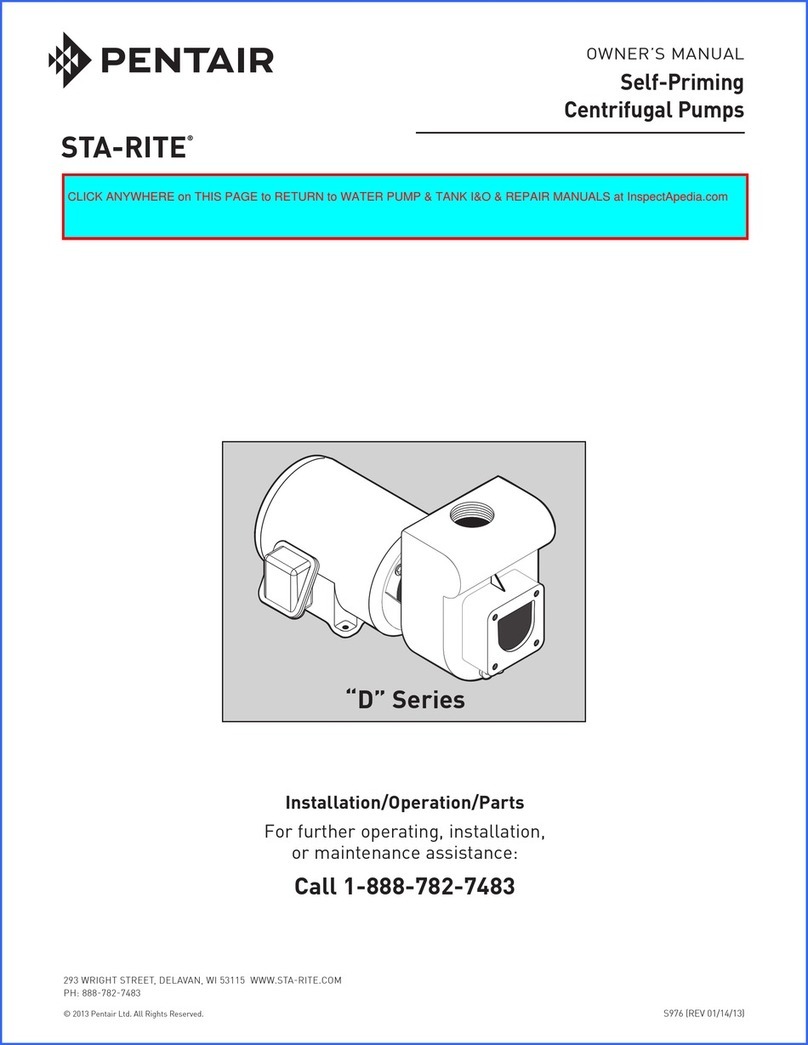
Pentair
Pentair STA-RITE D Series User manual

Pentair
Pentair HYPRO 9305C Series User manual
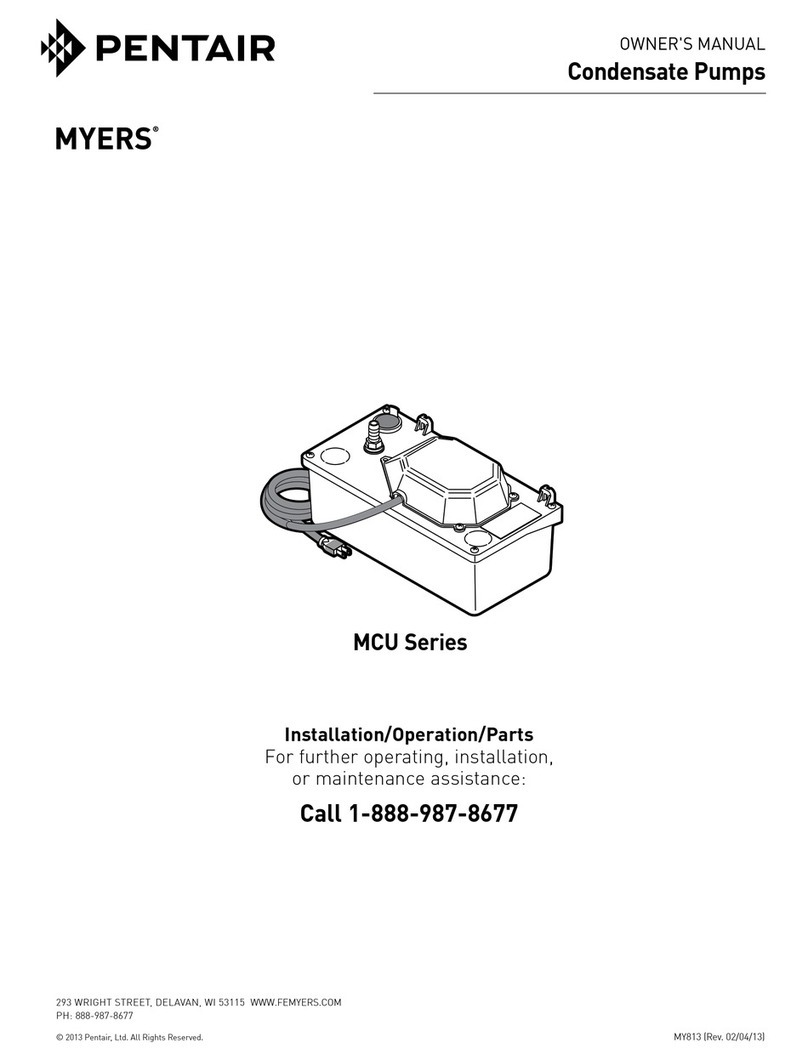
Pentair
Pentair MYERS MCU Series User manual
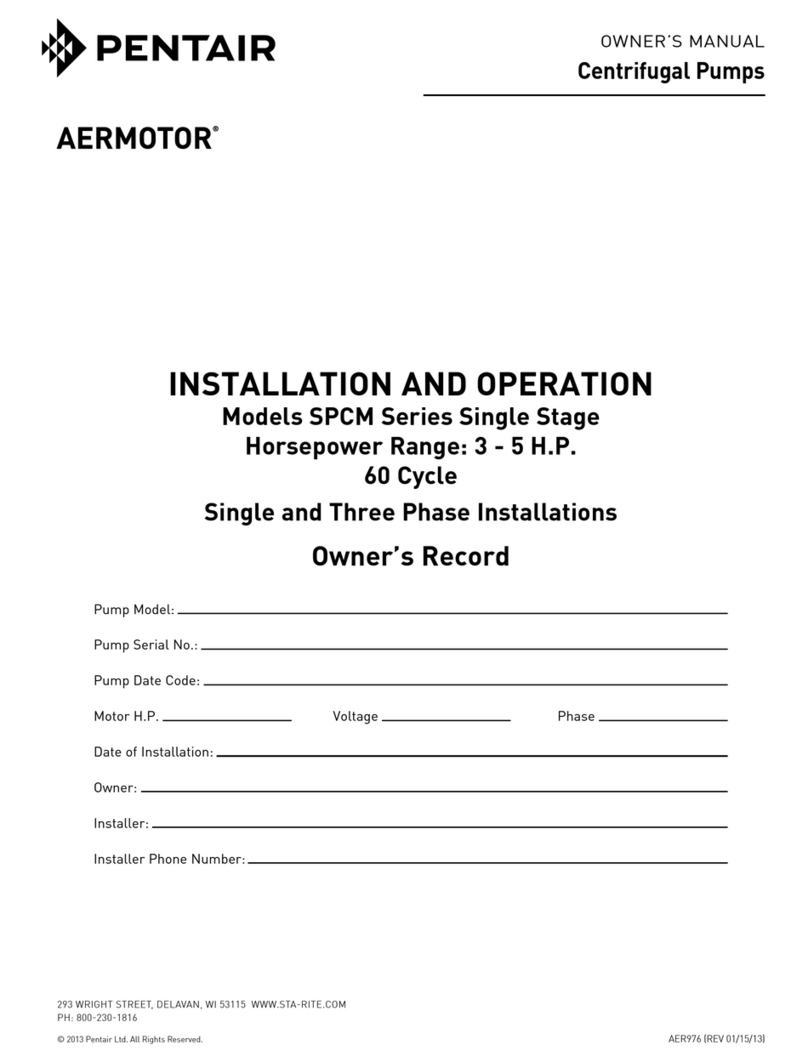
Pentair
Pentair AERMOTOR SPCM Series Owner's manual

Pentair
Pentair Hydromatic HPG200V Troubleshooting guide
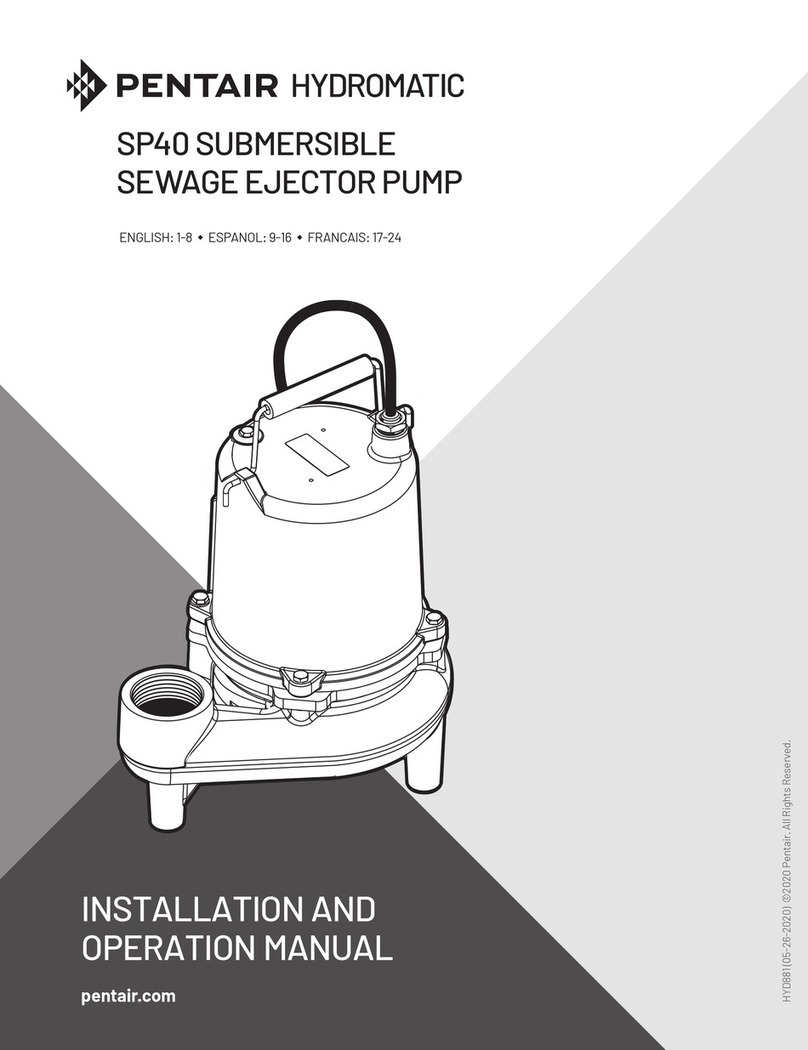
Pentair
Pentair Hydromatic SP40 Series User manual

Pentair
Pentair NOCCHI VSD User manual

Pentair
Pentair FOLEO 5800 XTR User guide

Pentair
Pentair Myers 10MD05221 User manual

Pentair
Pentair FP5242-00 User manual
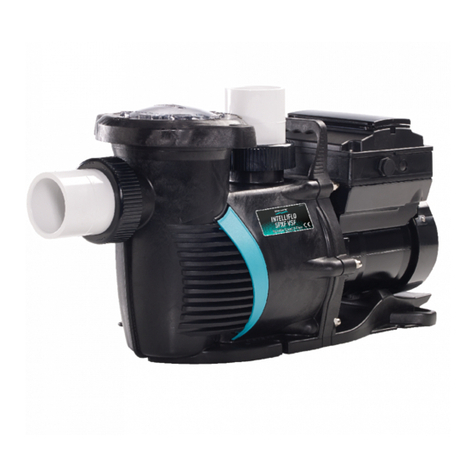
Pentair
Pentair INTELLIFLO VSF Series User manual

Pentair
Pentair JUNG PUMPEN U 3 K/2 User manual
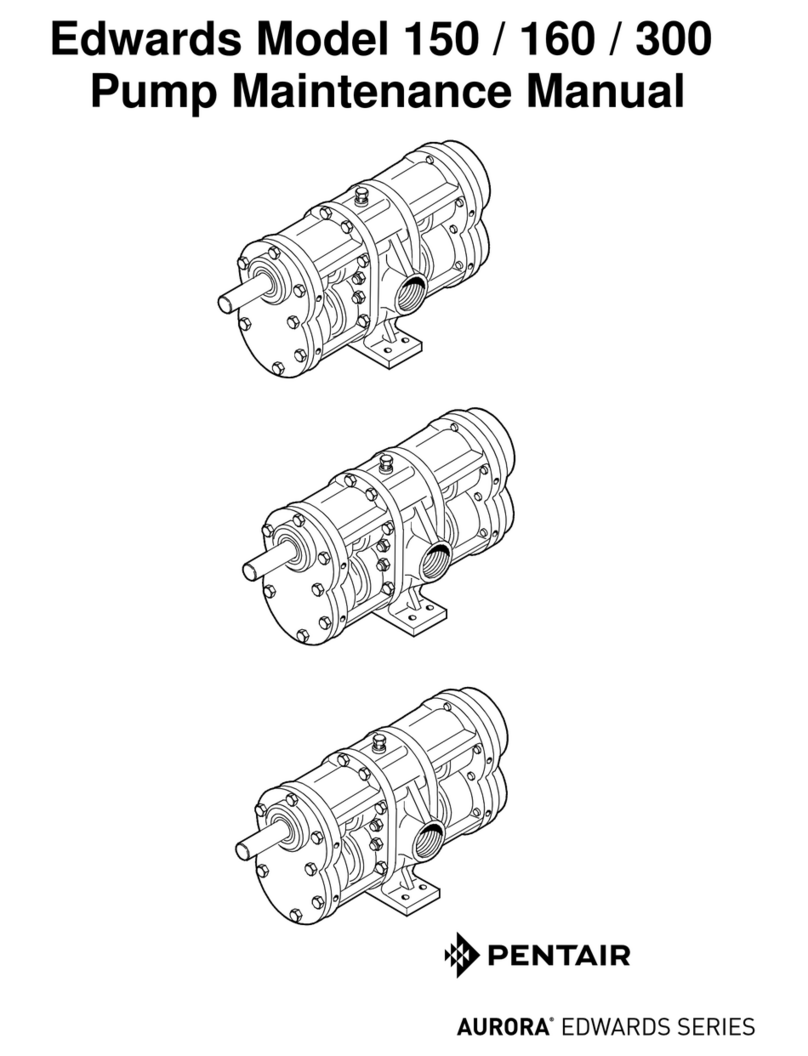
Pentair
Pentair Aurora Edwards 150 User manual
Popular Water Pump manuals by other brands
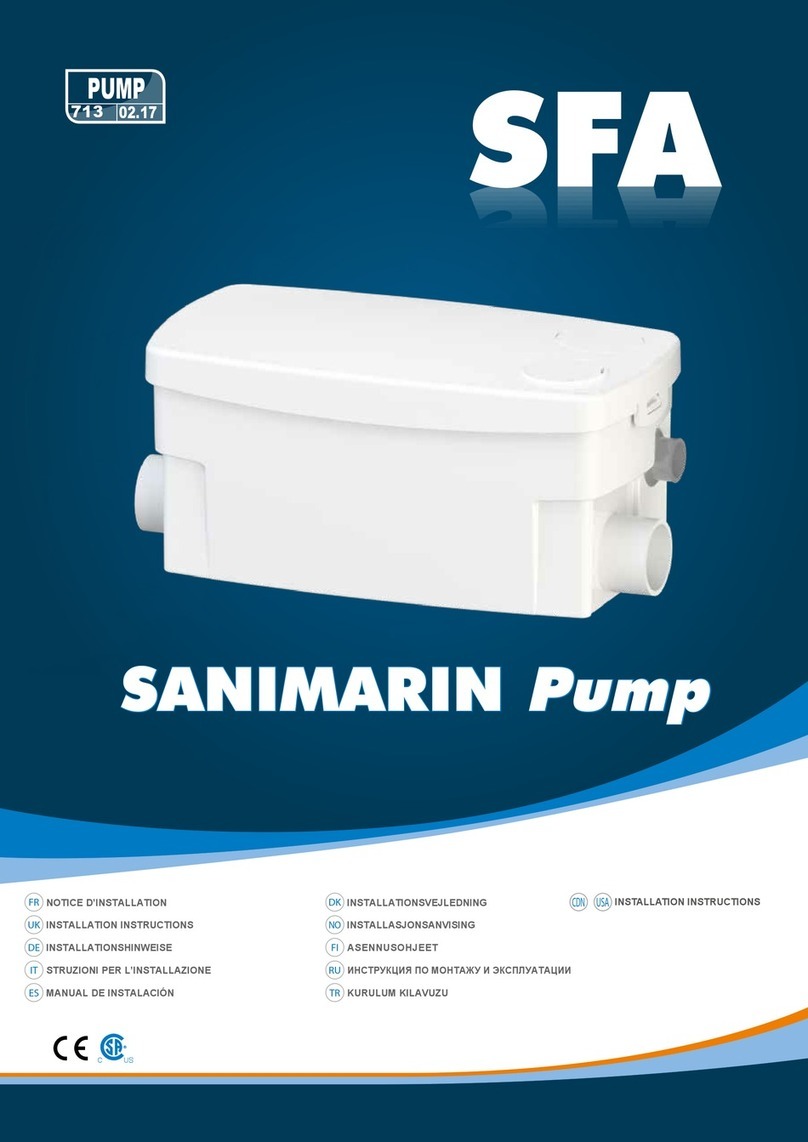
SFA
SFA SANIMARIN installation instructions
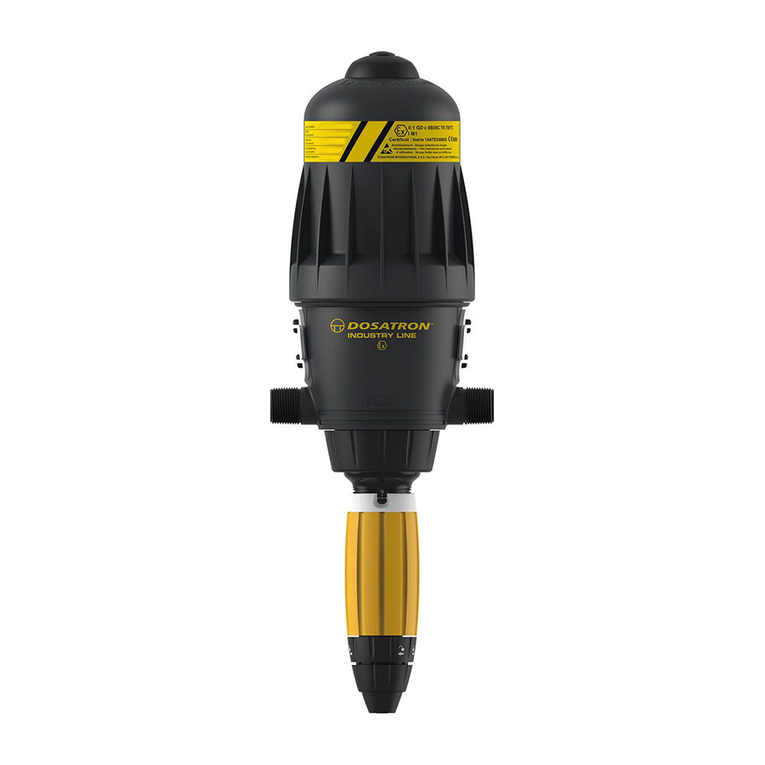
dosatron
dosatron INDUSTRY Series owner's manual
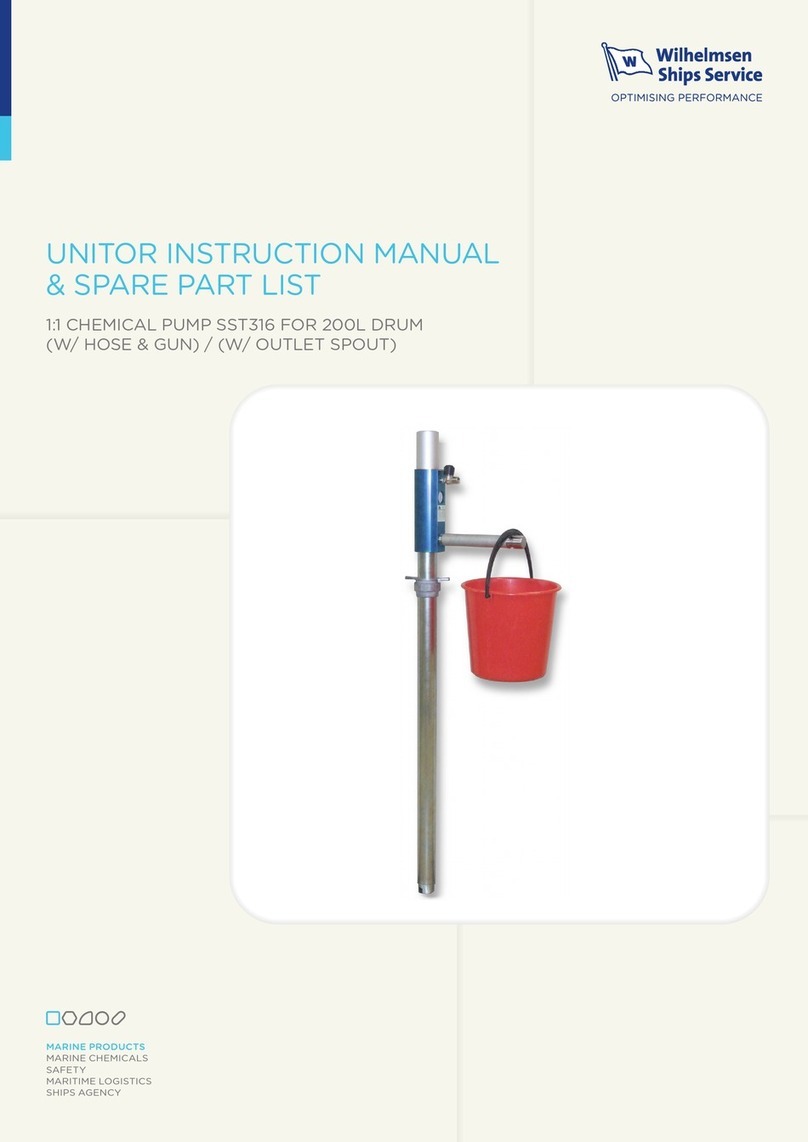
Wilhelmsen
Wilhelmsen SST316 instruction manual

Gormann-Rupp Pumps
Gormann-Rupp Pumps 0 Series Installation, operation, and maintenance manual with parts list
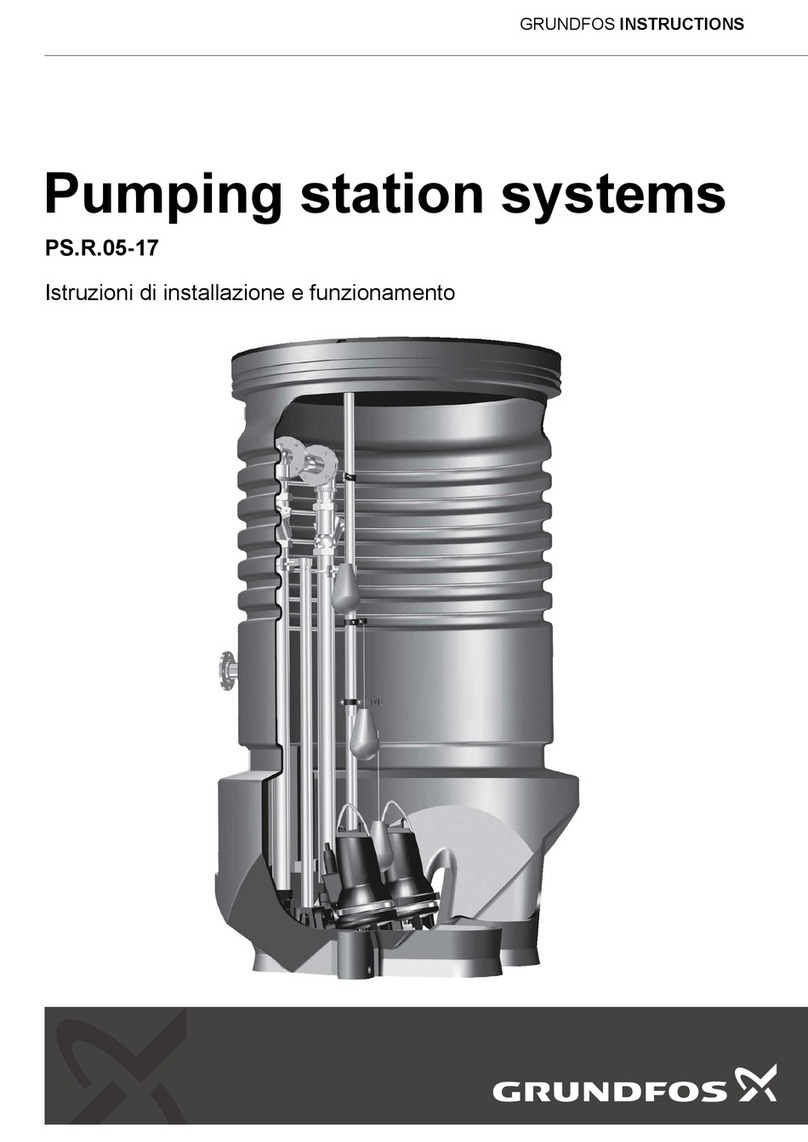
Grundfos
Grundfos PS.R.05-17 manual

Rapid Group
Rapid Group WX 90 operating instructions
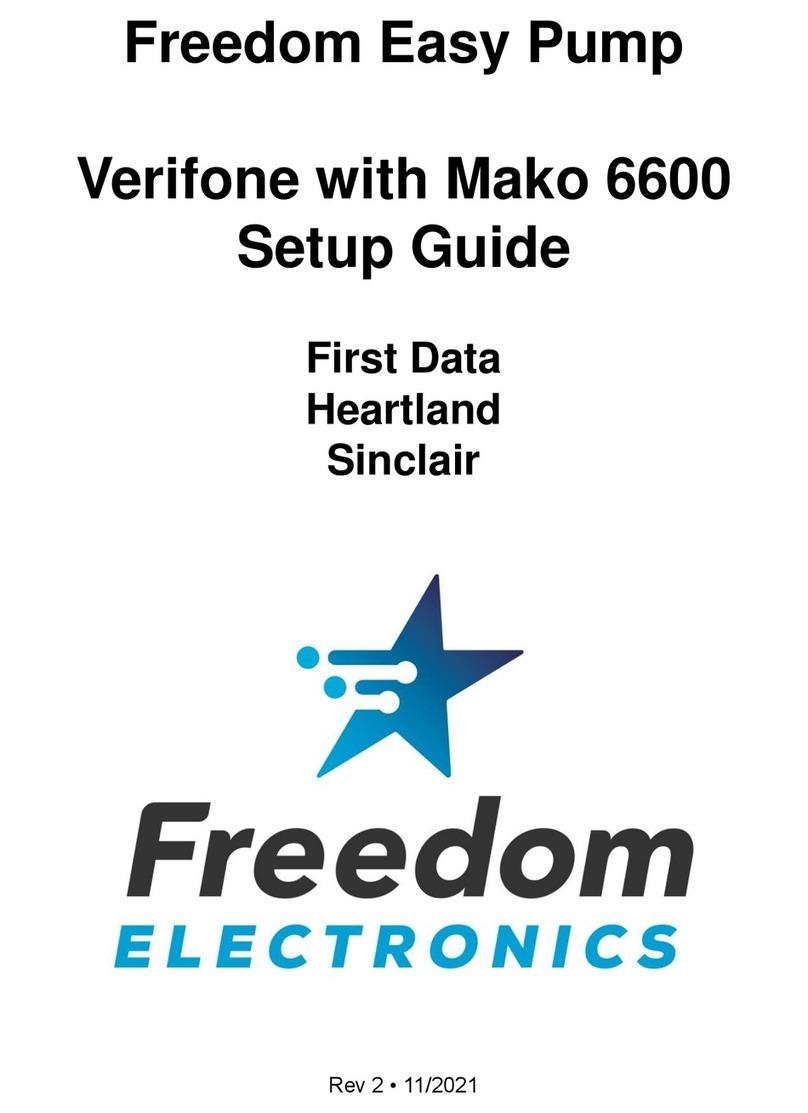
Freedom
Freedom Easy Setup guide

GORMAN-RUPP PUMPS
GORMAN-RUPP PUMPS T2A60-E3 1P Installation, operation, and maintenance manual with parts list

IWAKI PUMPS
IWAKI PUMPS MDG-M4 series instruction manual
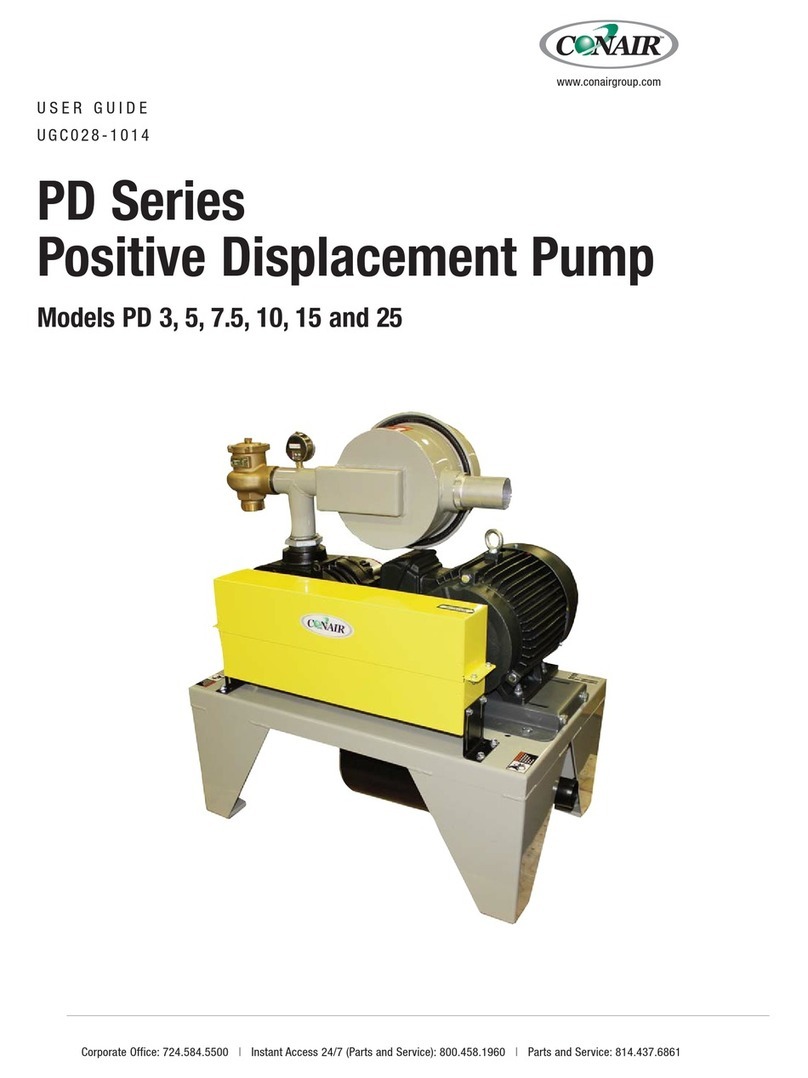
Conair
Conair PD Series user guide

Sealey
Sealey TP6818.V2 instructions

Waterway
Waterway CHAMPS-125 owner's manual
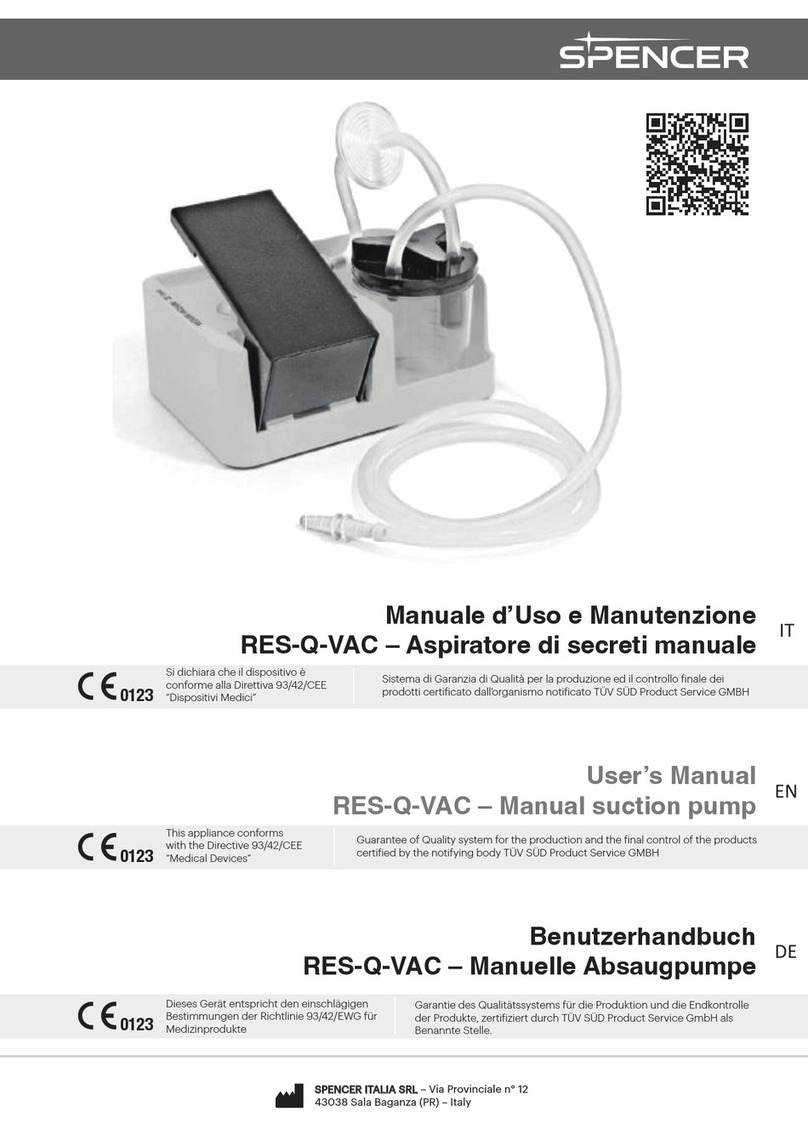
Spencer
Spencer RES-Q-VAC user manual

SKC
SKC 224-PCMTX8 Step-by-step guide

BOC Edwards
BOC Edwards Seiko Seiki STPH803C instruction manual
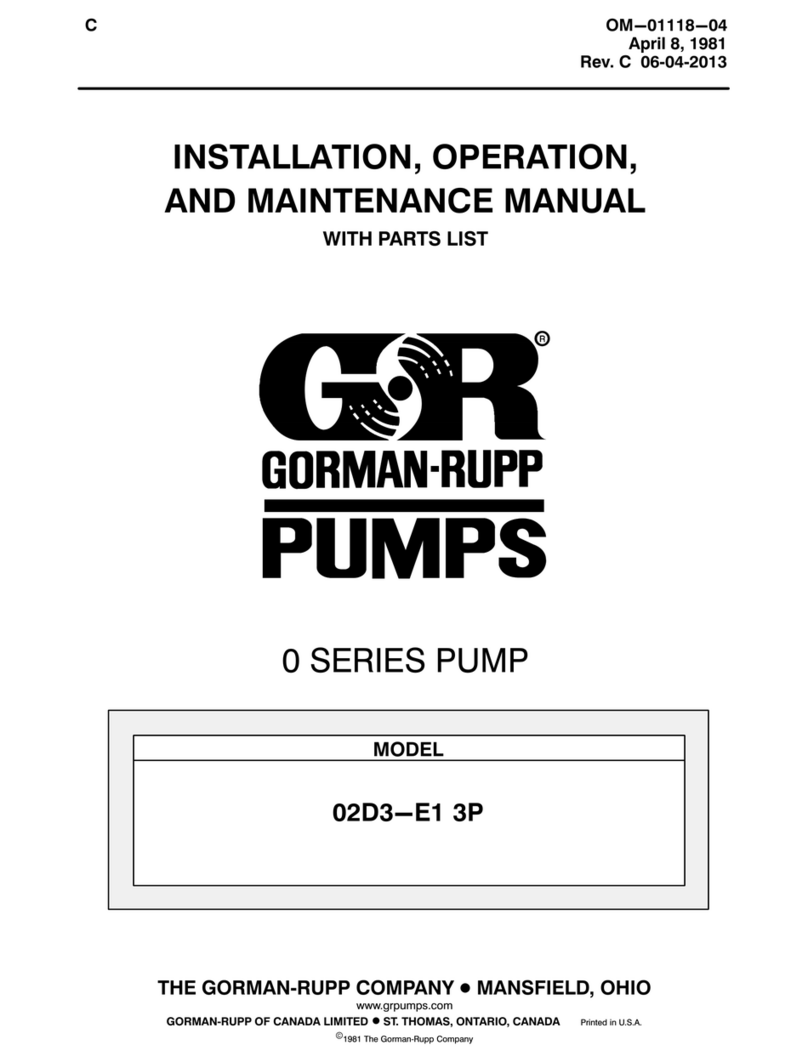
GORMAN-RUPP PUMPS
GORMAN-RUPP PUMPS 02D3-E1 3P Installation, operation, and maintenance manual with parts list

Edwards
Edwards T-Station 300 instruction manual

battioni Pagani
battioni Pagani ELBA Instruction manual for use and maintenance
